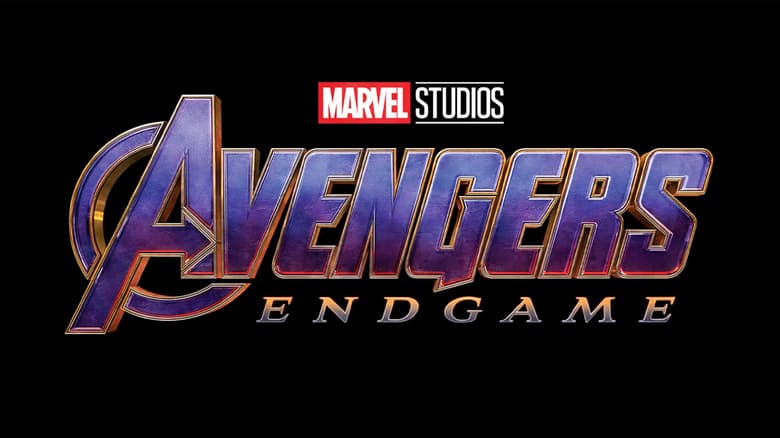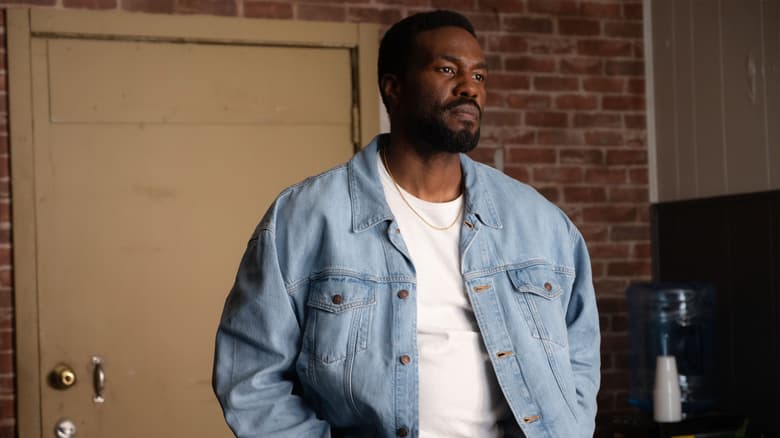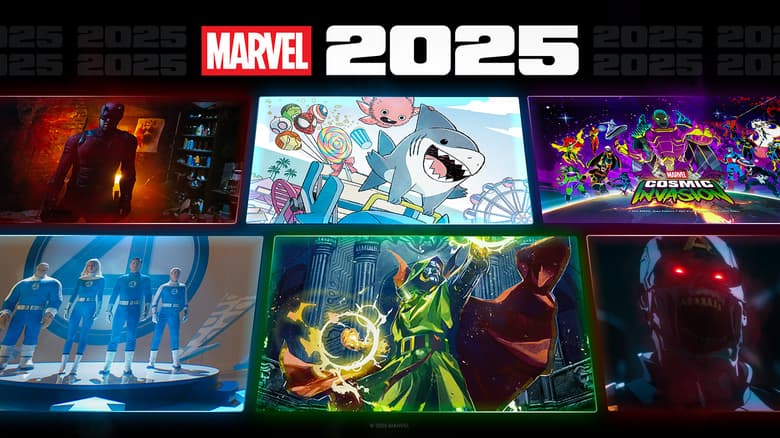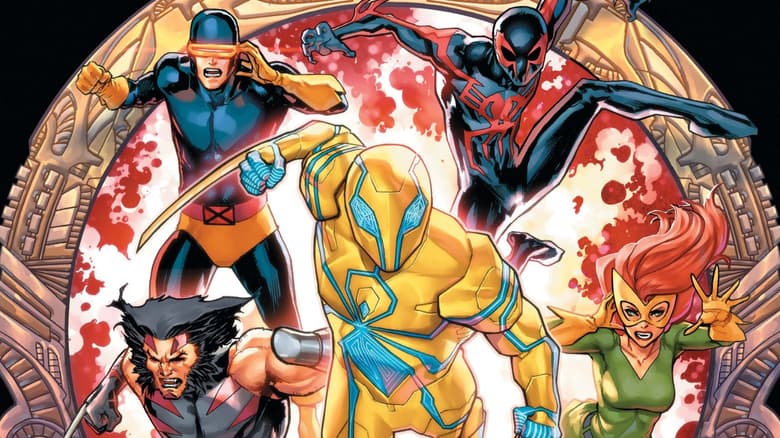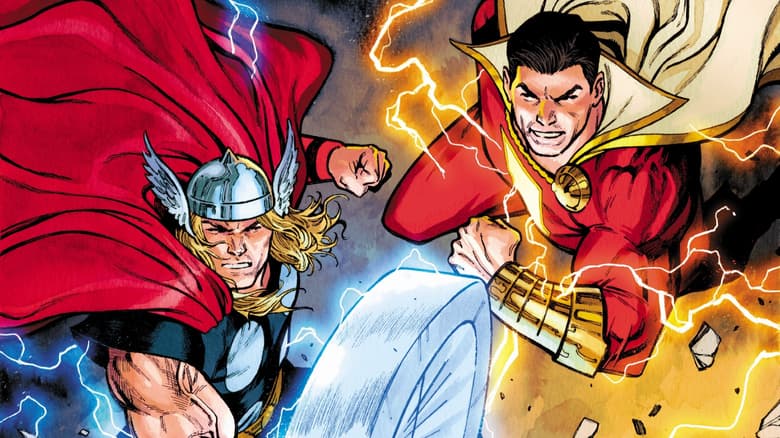The Design Elements at Work in Sideshow Collectibles’ Daredevil Sixth Scale Figure
Sideshow Designer and Sculptor Walter O’Neal on how Matt Murdock's beliefs played into the design.
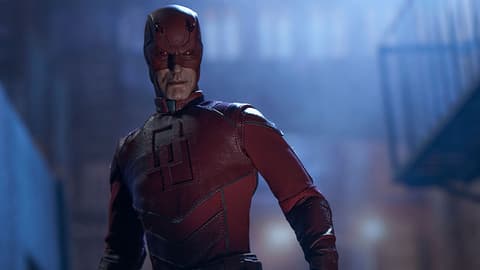
1sSideshow Collectibles has added to their sixth scale line of Marvel figures with a terrific new Daredevil figure, depicting Matt Murdock’s alter ego in an updated costume, while also retaining the elements that make the Man Without Fear who he is.
Marvel.com spoke to Sideshow Designer and Sculptor Walter O’Neal about the Daredevil sixth scale figure, what felt most crucial to include in the design, the influences at work, and more.
Marvel.com: What is it about Daredevil as a character you really wanted to capture in this figure?
Walter O’Neal: Since Matt Murdock’s faith is very much at the heart of who he is, we wanted to try to incorporate some elements of his religion into the suit in very subtle ways. The collar of the suit has a square cut-out in the center to give the impression of an inverted priest’s collar.
Inspired by the block-style kneepads of the 90’s armored suit, we created a metallic block-shaped design element with an implied cross-shape that we repeated throughout the suit – the idea there being that we incorporate some of the wrought iron elements of church yards and cathedrals that we generally associate with Daredevil’s environment directly into his suit. Beneath his feet, another cross shape is formed by the negative space in the tread of his boots. Finally, there’s also a spade devil tail incorporated into the design of his billy club holster that helps further the heaven/hell dynamic.
Marvel.com: Daredevil’s had a few different costumes through the years in the comics (though he always retains the horns, of course!). You give him a new costume, but he’s still recognizably Daredevil. Was it always the intention to balance classic and new elements here?
Walter O’Neal: The target was to make a comic-style Daredevil clad in his classic red. Aside from the horns, the color red, the billy clubs, and the “DD” logo on his chest, Daredevil’s costume generally doesn’t have any other signature elements that scream “Daredevil”.
We pulled elements from the Armored Daredevil suit in the 90’s, designed by Scott McDaniels, to give us some rhyme and reason as to how and where to break up the suit to incorporate the various leathers and stretch fabrics and add an extra layer of visual interest. The basic chevron shapes at the shoulders, abdomen, and thighs are pulled from that armored suit as inspiration.
Marvel.com: There are elements of the classic red costume from the comics, while also some aspects that are reminiscent of DD’s TV show uniform. Was that a conscious decision?
Walter O’Neal: Well, yes and no… The gray piping on his suit is a nod to the TV show for sure. Several of us here at the office loved the makeshift black outfit that he wore in the beginning of the Netflix series (before he got his actual suit) which featured some subtle red piping. We thought it would be neat to reverse that idea and use dark piping over the red DD suit to help break it up. So that connection was intended.
We worked on the design for our Daredevil figure in between the first and second seasons of the “Marvel’s Daredevil” TV show, so we had seen the design of the suit in the first season, but not the second. So while trying to steer away from the black armored gloves and gauntlets of the first season suit, we game up with more MMA-styled gloves with thick padding and metal knuckles on the outside for protection, but much thinner material at the palms and fingertips as to not diminish his sense of touch. The design of the suit for the second season of the show reimagined his gloves to incorporate more red and less black, and we ultimately ended up with similar solutions there.
Marvel.com: There are parts of the uniform, like the kneepads and boots, that feel so believably functional and realistic. Did you have that in mind designing the figure?
Walter O’Neal: Yes. The need to design for functionality is a big part of working in sixth scale as opposed to statues or any other non-articulated format. These figures need to move and perform, and the various features of the costume need to stretch, bend, and compress to facilitate that.
We were trying to infuse a bit of a tactical feel overall into the suit. The combat boots and integrated knee and elbow pads help push that notion. Lastly, with the knee pads, I really liked the idea of Daredevil being able to dash under things grinding/sliding on his knees across the pavement while kicking up sparks. That was some of the thought process that got us there…
Marvel.com: Daredevil’s billy club and the different ways he can use it has always made it a distinct Super Hero weapon. What was your approach to that important facet of the character?
Walter O’Neal: The goal was to really capture the adaptable nature of his signature weapons from the comics. They take multiple forms for their multiple functions and we’ve included options for them to be displayed as the standard dual billy clubs, nunchucks, a combined billy club staff, and his walking cane with the curved handle (in the exclusive version).
Marvel.com: How did you decide where exactly to use those darker portions/piping on the uniform to break up the red? I especially love the billy club holster that you mentioned.
Walter O’Neal: Aside from the dark gray piping on his torso, we aimed to keep the gray as more of an accent color limiting its use to keep the suit predominantly red with only touches of gray here and there. That dark gray was kept mostly to the metal “striking surfaces” of the suit where Daredevil was expected to make contact with his opponents – his knuckles, knees, elbows, toes, heels and the tips of his billy clubs. We tried to be very judicious overall.
The Daredevil Sixth Scale Figure by Sideshow Collectibles can be purchased now at http://sideshow.com/daredevilfig.
The Daily Bugle
Can’t-miss news and updates from across the Marvel Universe!
